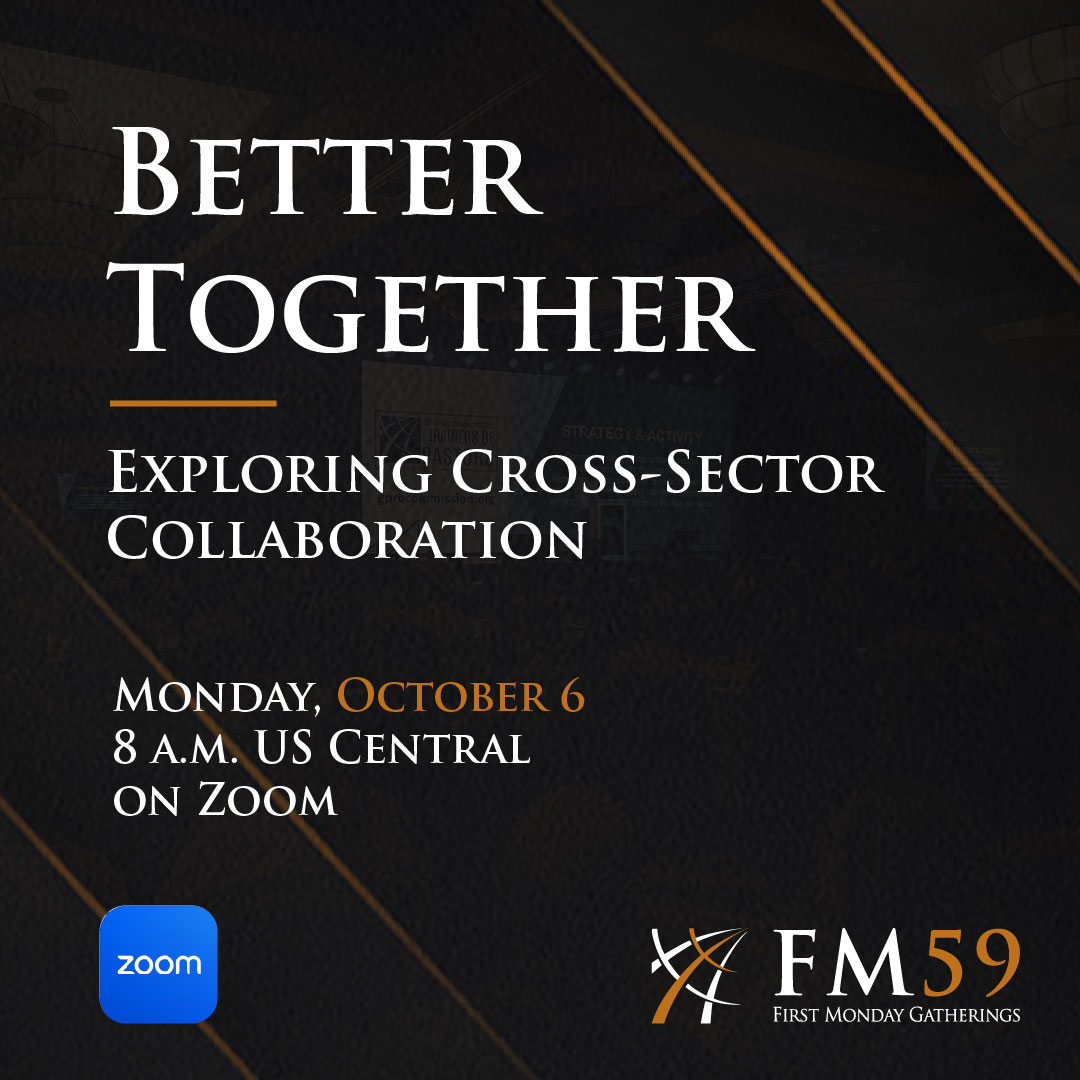Pastoral Training in Oral-Learner Contexts
This post is also available in:  Español (Spanish)
Español (Spanish)  Français (French)
Français (French)  Português (Portuguese (Brazil))
Português (Portuguese (Brazil))
Summary of the Meeting:
The First Monday Gathering of the GProCommission addressed effective pastoral training and raising trainers in orality contexts, where learning prioritizes spoken methods like storytelling, memory techniques, music, drama, poetry, and group discussions over written texts, prevalent in regions such as Asia, Africa, and Latin America. Rev. Samuel E. Chiang, Deputy Secretary General for Ministries at the World Evangelical Alliance and a recognized expert in orality with extensive global experience, presented on aligning training with how oral learners (70-80% of the global population) receive, process, remember, and pass on information, contrasting this with textual methods. He highlighted a key mismatch in training: formal theological education, non-formal programs, and even oral Bible schools often rely on literate, analytical, classroom-based methods, with less than 10%, 10-25%, and 25-40% respectively using oral-appropriate models, despite most learners preferring oral methods. Interactive Q&A explored adapting to cultural influences, unlearning textual biases, and investing significant time (40-50%) to develop oral training skills, emphasizing the need for trainers to adapt to local contexts for impactful discipleship and spiritual formation.
Discussion Questions
Reflective Questions:
- How does the mismatch between common literate, classroom-based training methods and the oral preferences of most learners challenge your experiences in delivering pastoral training?
- Reflecting on Dr. Chiang’s emphasis on unlearning textual habits, what personal experiences have shown you the need to adapt your training approach for oral-preference learners?
Action-Oriented Questions:
- What practical strategies, such as group discussions or storytelling, can you implement to align your pastoral training programs with the oral learning preferences of your audience?
- How might you consider allocating a portion of your time, as Dr. Chiang suggests (e.g., 40-50%), to retool yourself for orality-based training and identify local trainers from within the culture to enhance relational mentoring?




